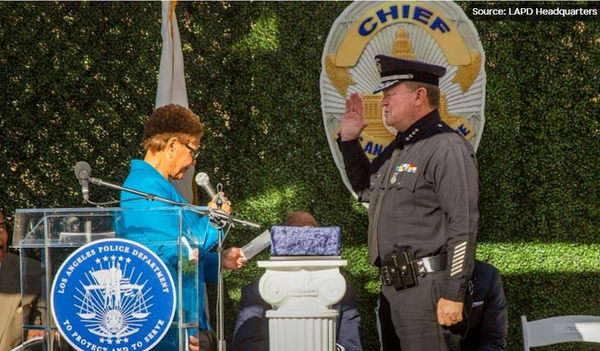Who doesn’t love a good meme? An image with a sentence or two that often sums up a situation better than poems ever would. Well, we sure love a relatable one, so today, we have listed quite a few of them in the hopes that you would enjoy it, too.
The humorous images have been shared by the ‘Free To Meme’ Instagram account, racking up nearly 28 thousand followers as of now. Started back in 2017, the source of internet gold has already posted roughly 4.5 thousand memes covering nearly any and every situation you can find yourself in, so scroll down to find them and enjoy some relatable internet content.
#1

Image credits: freetomeme
#2
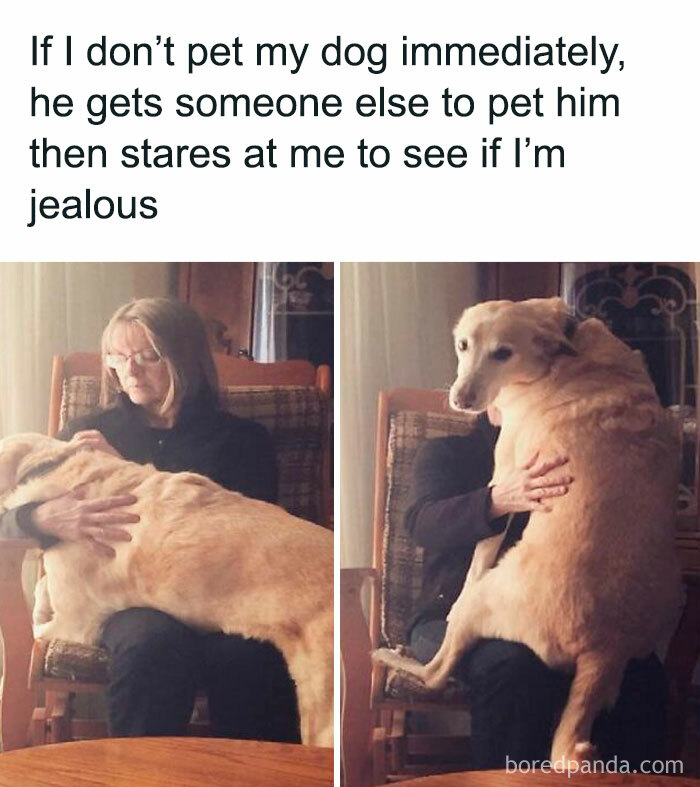
Image credits: freetomeme
#3

Image credits: freetomeme
Nowadays, memes could arguably be considered an art form or a piece of cultural heritage. Not only do they provide a much-needed giggle to people of all walks of life, they also help immortalize the realities of current society, this way allowing future generations to see what people were mostly focusing on or dealing with at a certain time.
Take the cartoon from 1921, for instance, found in the satirical magazine The Judge (published by the University of Iowa), which is considered by some to be one of the first memes ever recorded. Following the common ‘expectations vs. reality’ template, it is a drawing of a gentleman as he imagines himself looking when a flashlight (photograph) is taken vs. a drawing of what he actually looks like.
While probably quite a few people back in the early 1920s could have related to the unmet expectations of taking a flashlight, nowadays individuals might have to make a quick internet search to be sure what that is exactly; and that perfectly sums up the actualities of both—societies back then and now.
#4

Image credits: freetomeme
#5

Image credits: freetomeme
Similarly to the 1921 cartoon, memes nowadays, too, tend to depict what people find to be relevant in their time. And you don’t need to look far to find proof; just look at the amount of memes that were created during the Covid years, for example.
Painting a picture of the hardships or simply the bizarre reality people found themselves in, memes became both an outlet for people to express themselves and works of art, if you will, encapsulating what living through the pandemic felt like.
#6
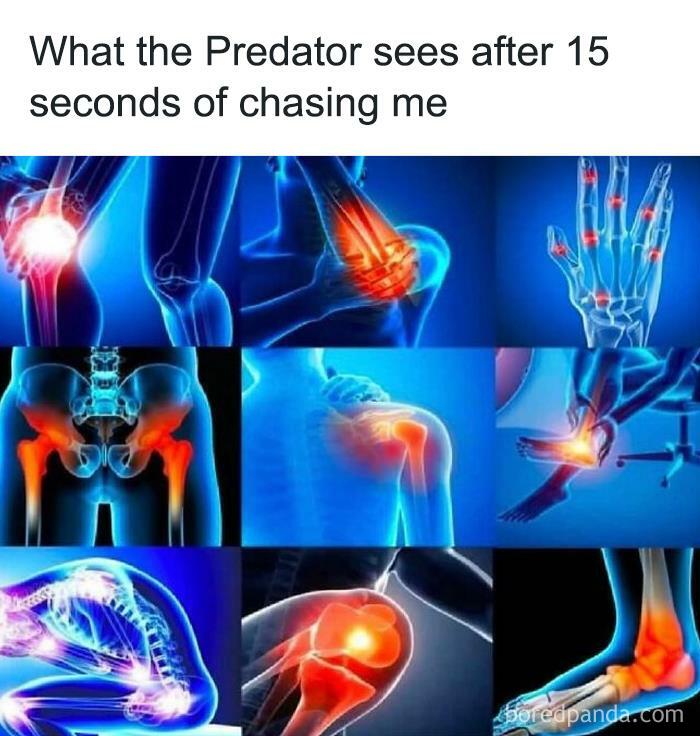
Image credits: freetomeme
#7

Image credits: freetomeme
#8
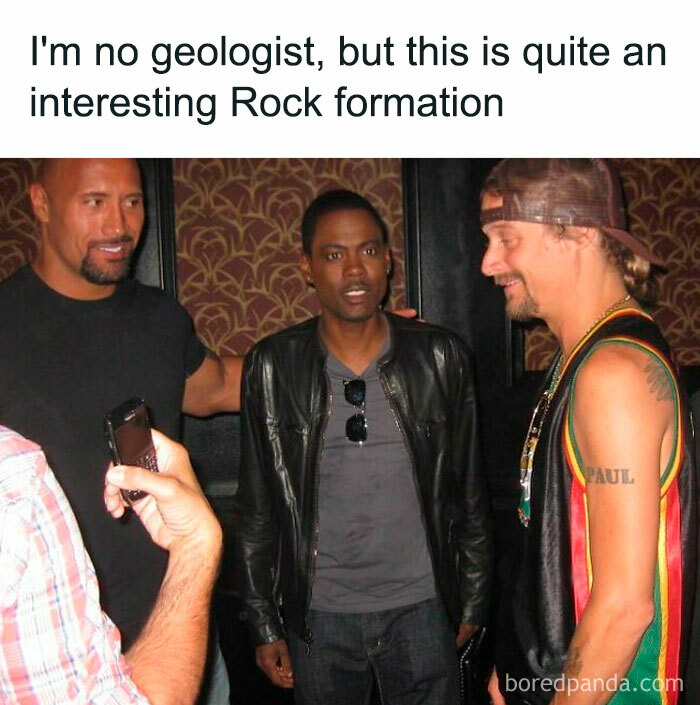
Image credits: freetomeme
In a way, the artwork that are memes can be even considered folklore. That’s because they can be created by nearly everyone in our society, thus representing all sorts of perspectives in regards to one and the same phenomenon.
Folklorist Lynne S. McNeill pointed out that folklore is not about what the unique minds and the rare geniuses are capable of, it’s about “what the rest of us can do; the stuff that everybody is capable of producing”.
#9
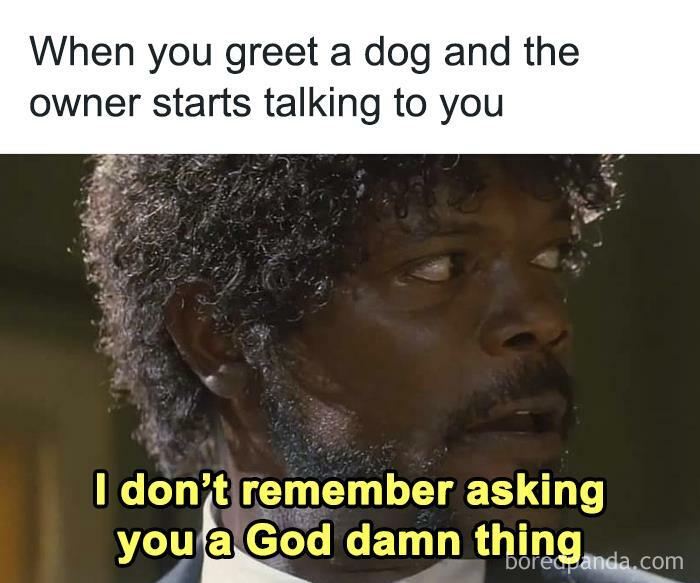
Image credits: freetomeme
#10
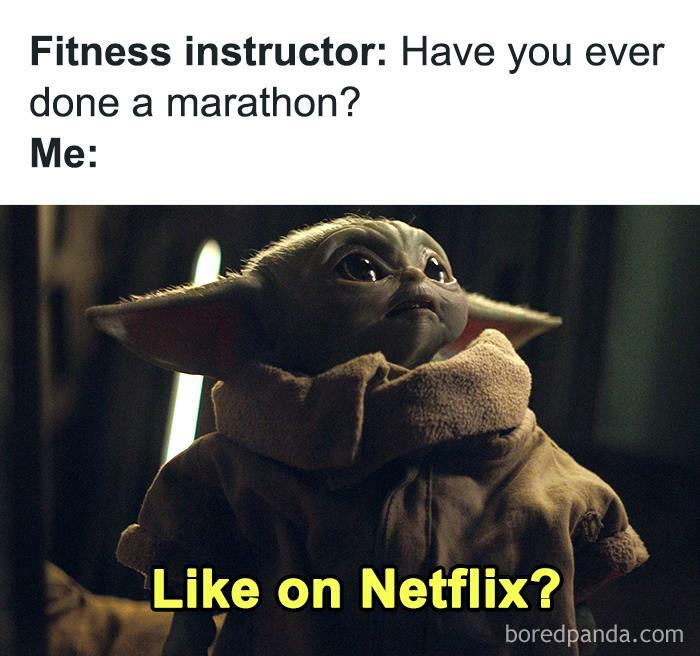
Image credits: freetomeme
#11
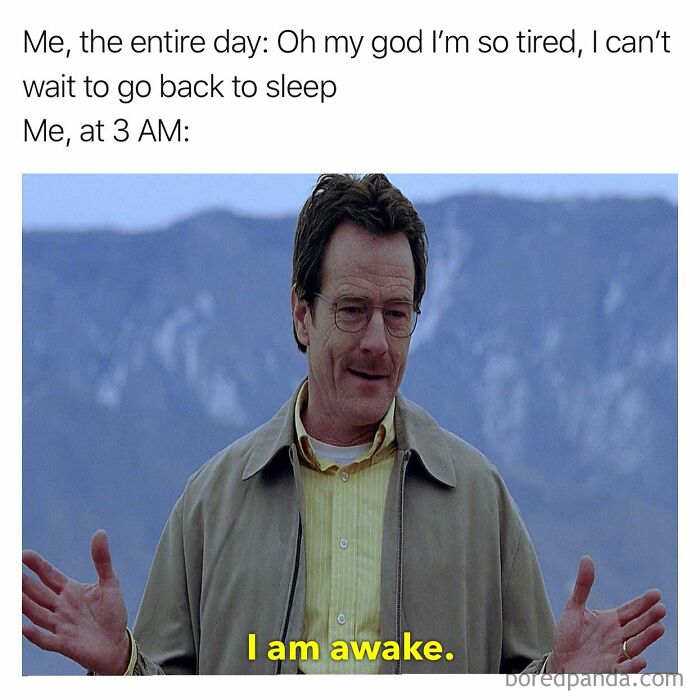
Image credits: freetomeme
In her Ted Talk, McNeill explained that folk culture entails “the types of artistic expressive cultural production that everyone is capable of engaging in” and internet memes can surely fit such a description.
As a matter of fact, according to the expert, the internet has been described as the world’s largest unintentional folklore archive, and it’s clear to anyone with an online presence that memes are a huge part of what the net has to offer.
#12

Image credits: freetomeme
#13
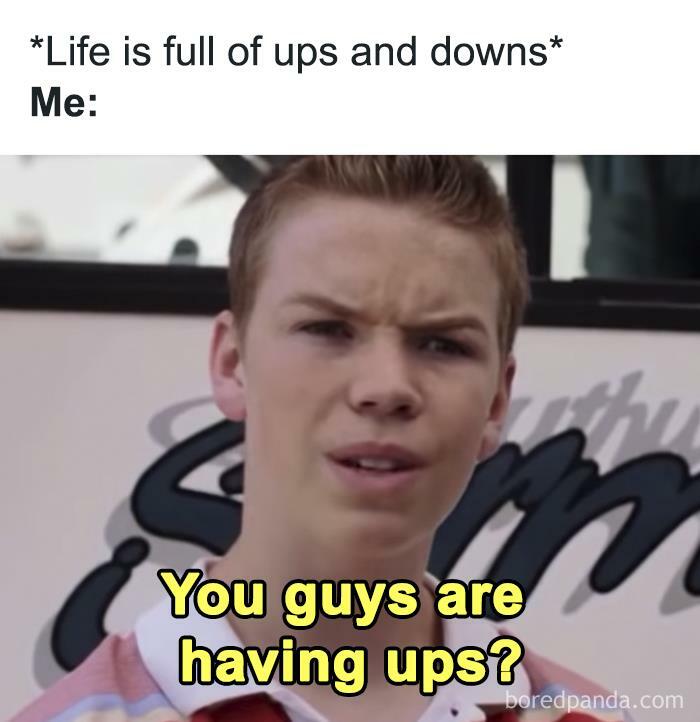
Image credits: freetomeme
#14
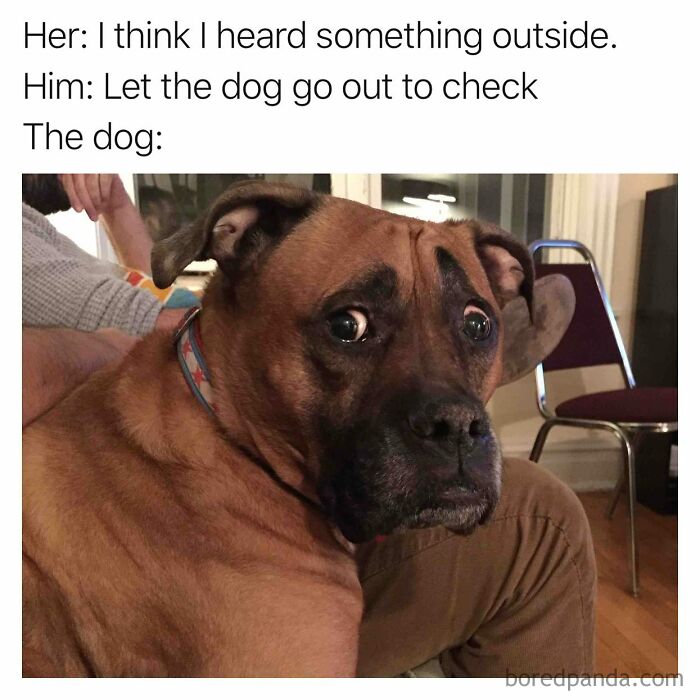
Image credits: freetomeme
While it’s bold to compare Da Vinci’s Mona Lisa with the Disaster Girl (a template often used for making memes), for instance, such a comparison shows that one is an iconic piece of Renaissance art painted by a person now considered a genius, while the other is a tool of expression, allowing the general public to depict all sorts of situations others can likely relate to.
While one is clearly more historically significant than the other, the face typically linked with disastrous events might become a well-known figure for future generations analyzing the events of the past; especially the period surrounding the pandemic and other important moments of the early 21st century.
#15
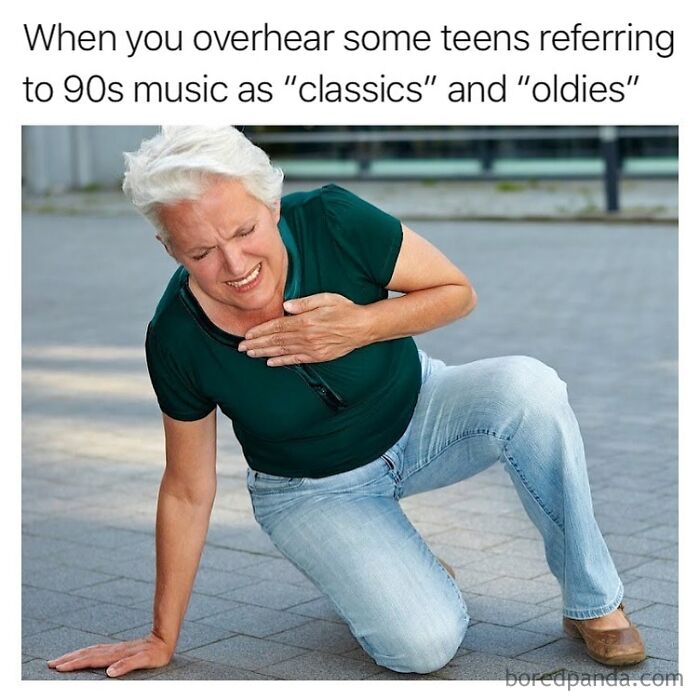
Image credits: freetomeme
#16

Image credits: freetomeme
#17
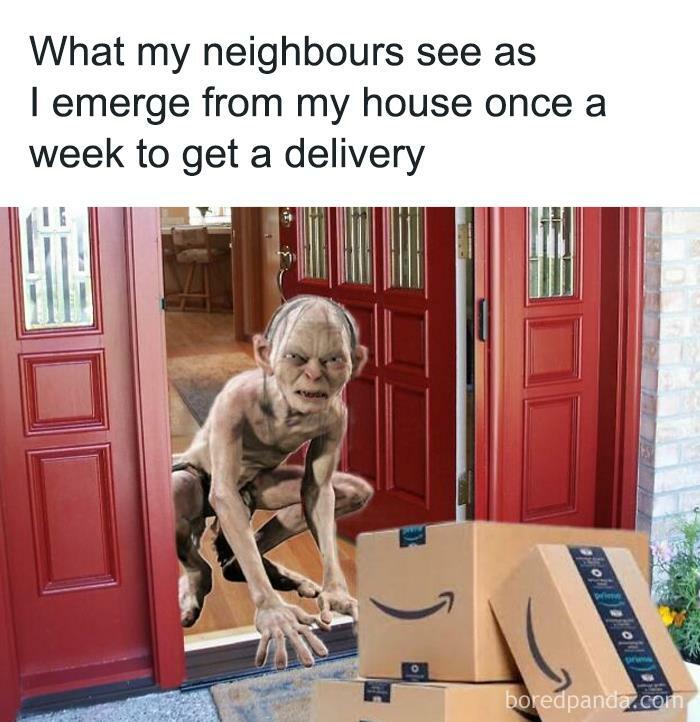
Image credits: freetomeme
Talking about the internet—the world’s largest unintentional folklore archive—folklorist Lynne S. McNeill pointed out that all of the jokes, rumors, incomprehensible slang, and other information we share online becomes documented cultural data just by the act of sharing it.
“This is unprecedented,” she said. “For the first time in history, we are preserving our folk culture in all its artistry, its wisdom, its insight, its offline manifestations as well as its on, its social commentary, as we create and share it.”
That’s why, according to McNeill, creating—or even sharing—an internet meme is a valid cultural performance, which adds to the documentation and the preservation of contemporary folk culture.
#18

Image credits: freetomeme
#19

Image credits: freetomeme
#20
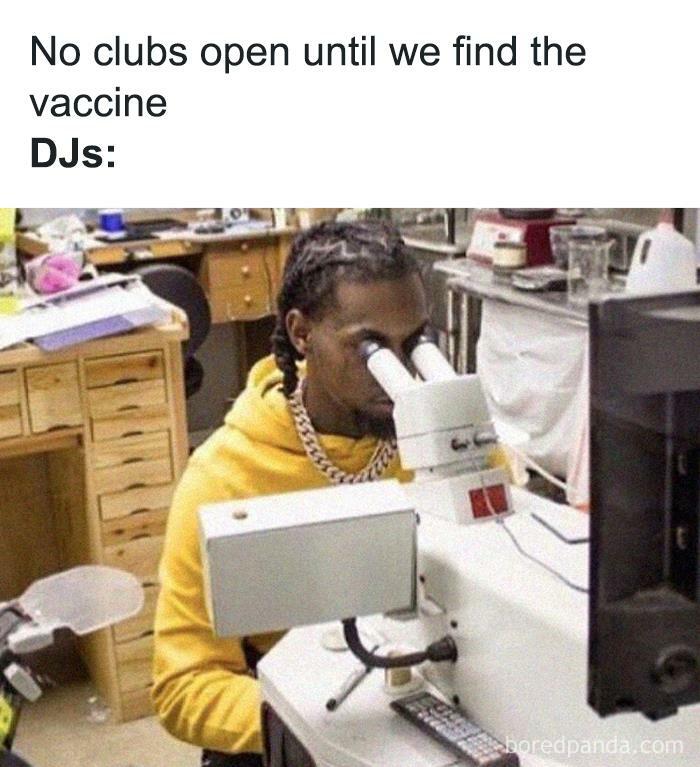
Image credits: freetomeme
Another point that McNeill made was the fact that folklore doesn’t get passed on for no reason, so if information—be it an image, a joke, a meme, or else—stays in circulation, that means it’s saying something.
That arguably also means that it will say something for cultural anthropologists in the future, too, who will try to wrap their heads around what the person in the early 2020s or other periods was going through.
#21
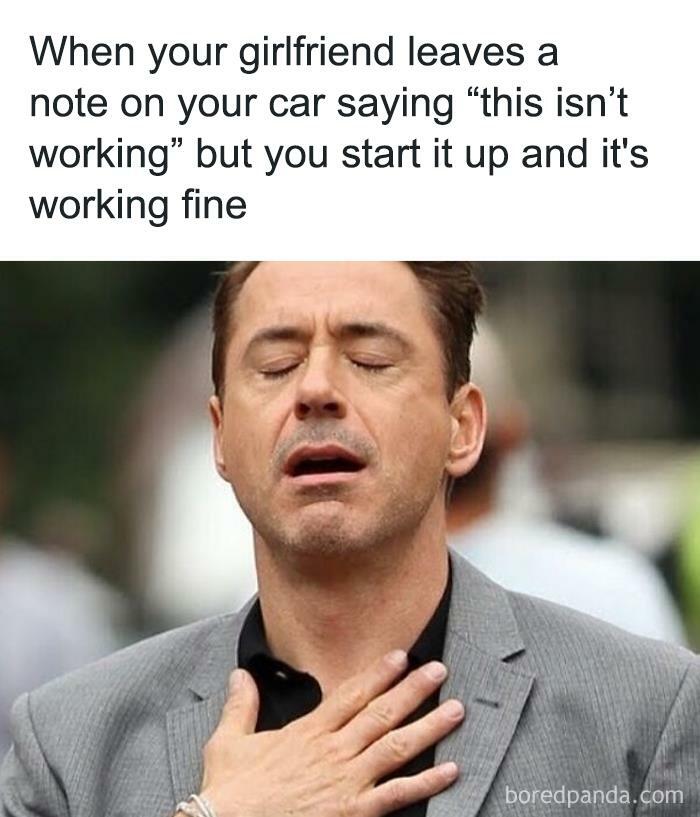
Image credits: freetomeme
#22
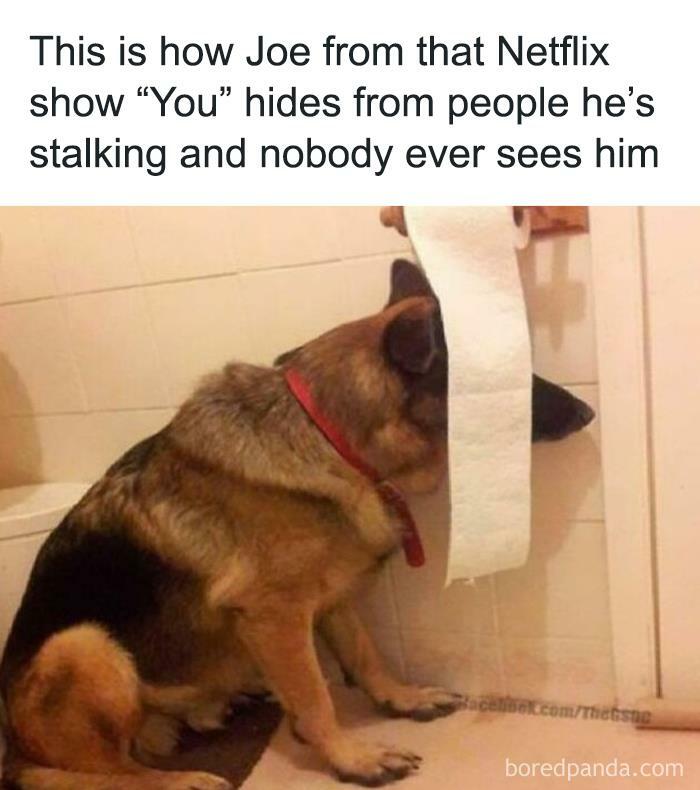
Image credits: freetomeme
#23
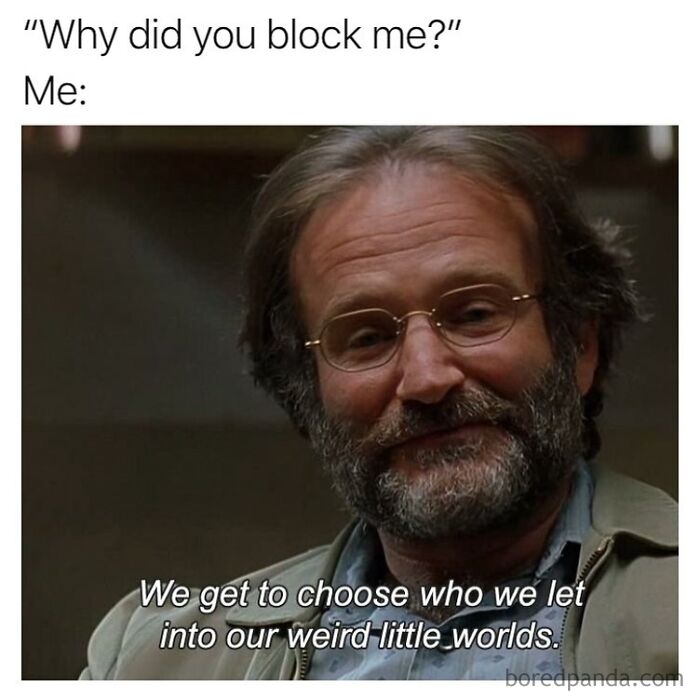
Image credits: freetomeme
It can be funny to think about the idea that someone might try to understand the views of our society by analyzing the situations in which the face of the Disaster Girl was used, the times people chose to send an image of Harold seemingly smiling through the pain, or the hardships that encouraged individuals to share an image of a dog saying “It’s fine” while surrounded by flames on their social media accounts.
But that’s part of what represents our reality and popular culture now and what many people all over the world can relate to. The format of memes allows humans to surpass the barriers of language as the text can be translated or adapted to a specific location, while the image stays the same, which means Harold might help people express their emotions in both the US and Estonia, for instance.
#24
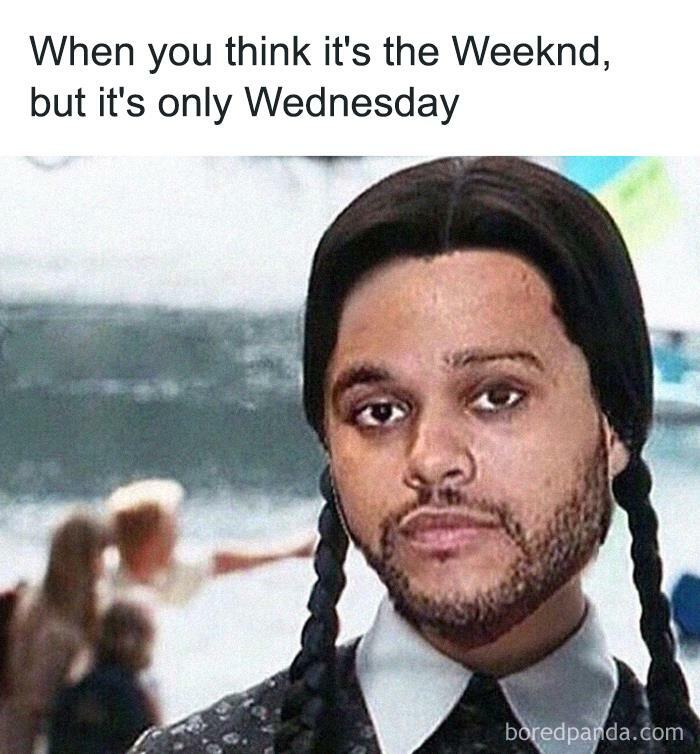
Image credits: freetomeme
#25
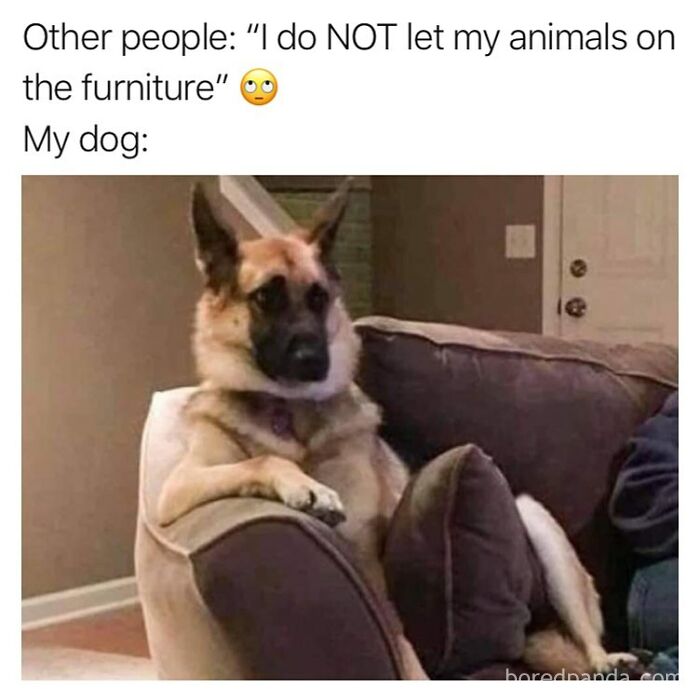
Image credits: freetomeme
#26
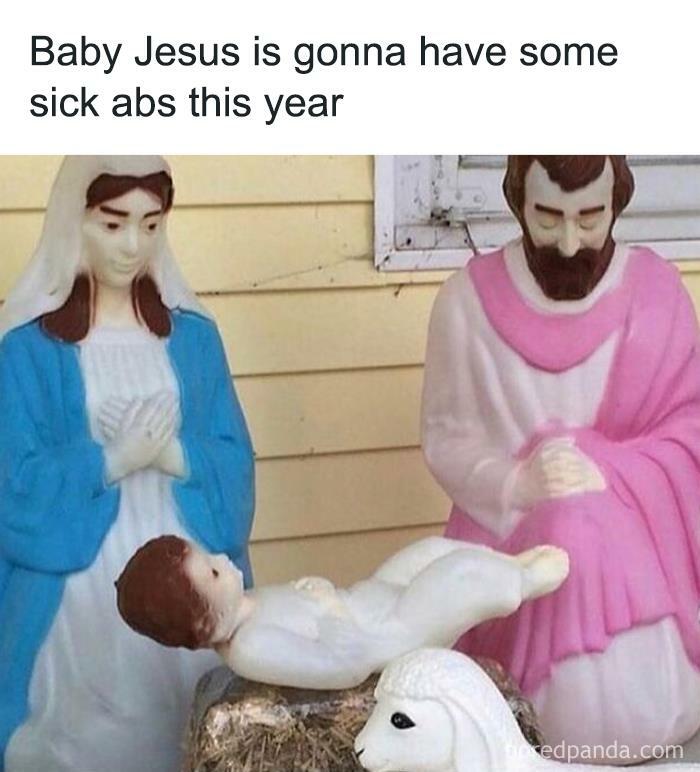
Image credits: freetomeme
The idea that memes can help conserve certain cultural aspects of our society as it is now makes humorous images—such as the posts shared by ‘Girls Think I’m Funny’—more than just entertainment. But even if it wasn’t much more than that, it wouldn’t make it any less fun, so, if you’re done scrolling through this list and you’d like to see more, check out Bored Panda’s meme category dedicated to just that.
#27
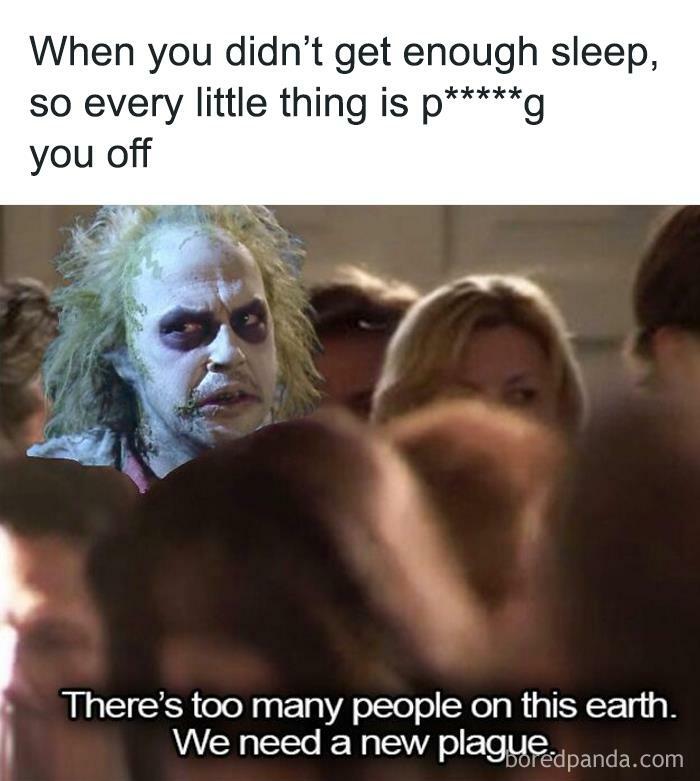
Image credits: freetomeme
#28
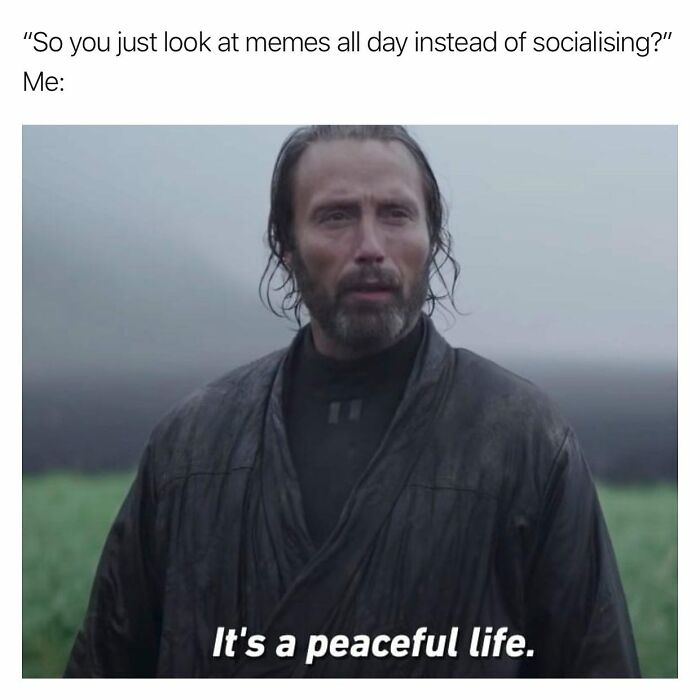
Image credits: freetomeme
#29
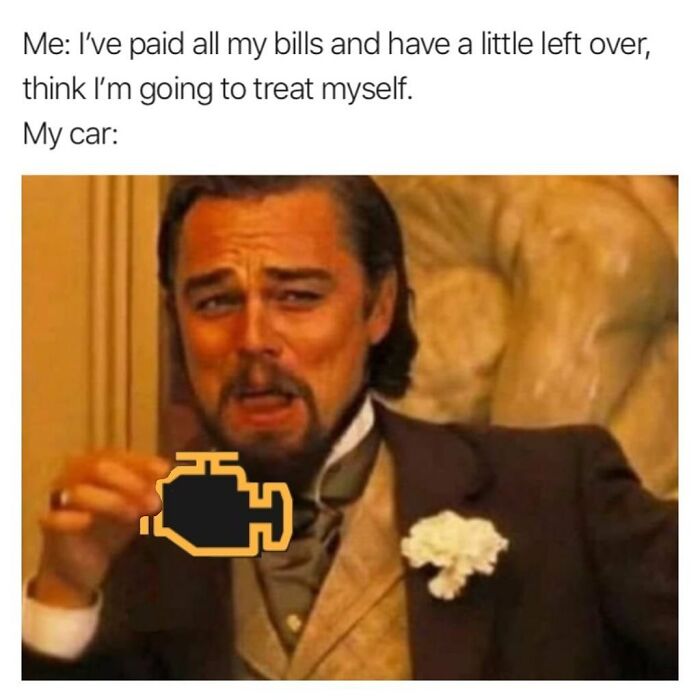
Image credits: freetomeme
#30

Image credits: freetomeme
#31

Image credits: freetomeme
#32

Image credits: freetomeme
#33
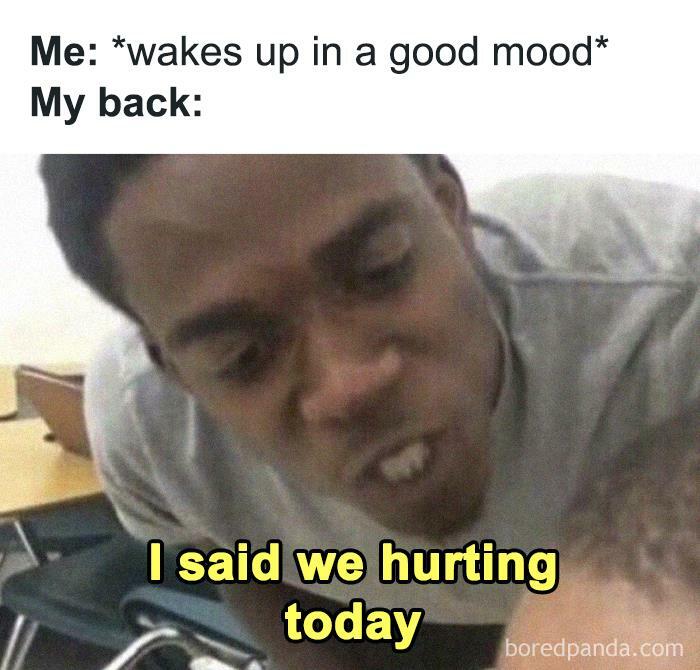
Image credits: freetomeme
#34
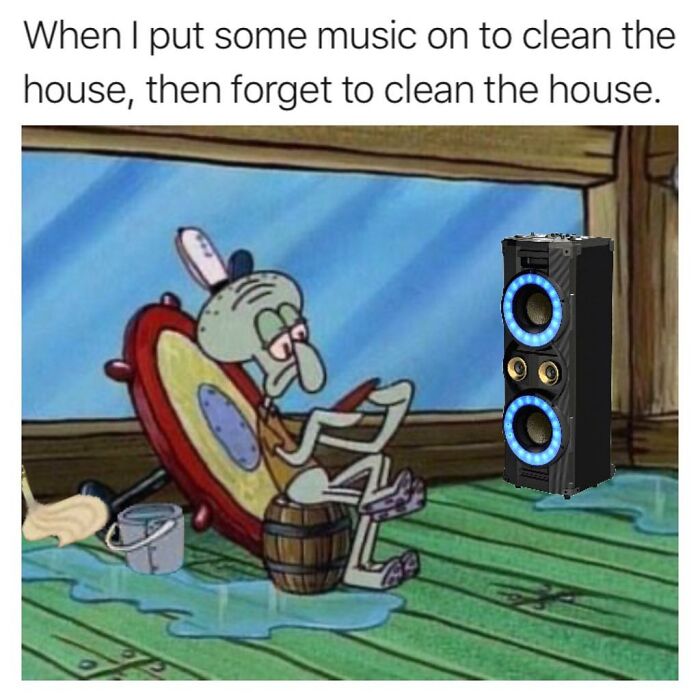
Image credits: freetomeme
#35
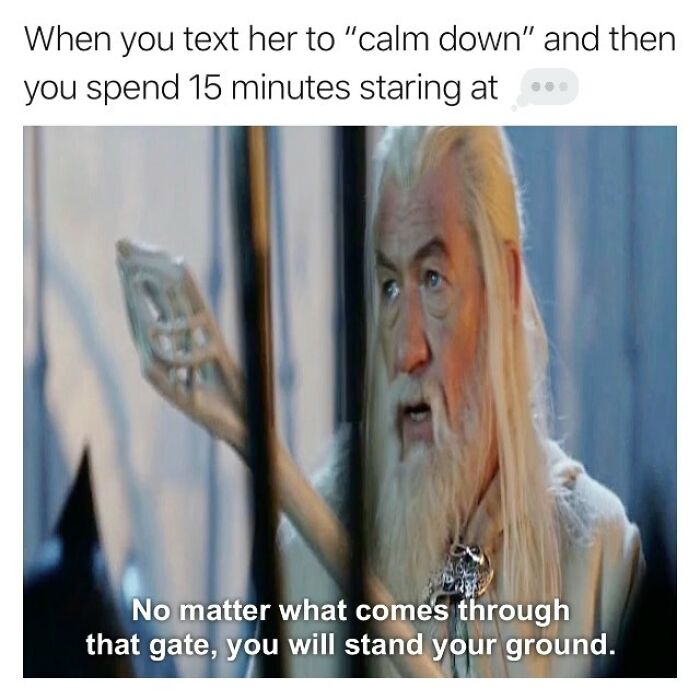
Image credits: freetomeme
#36
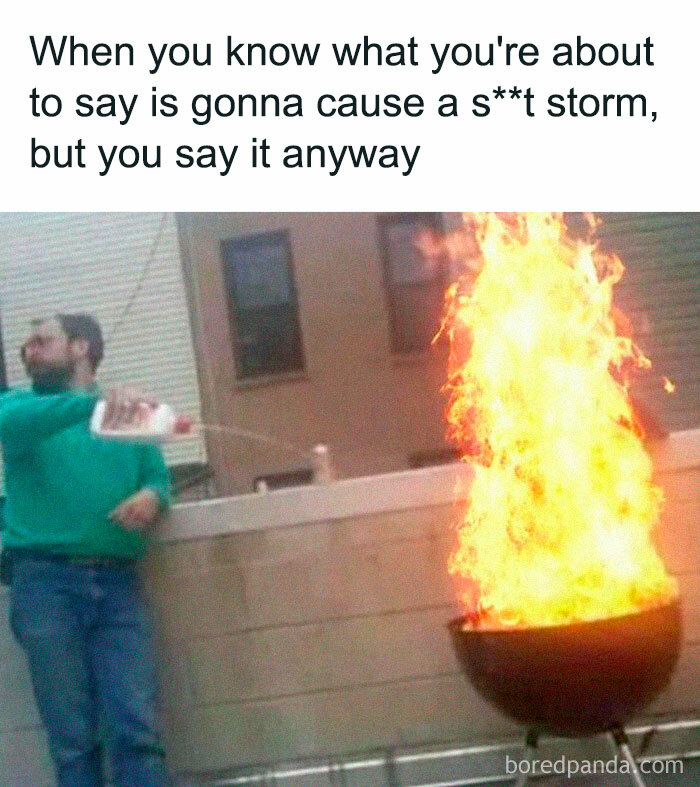
Image credits: freetomeme
#37

Image credits: freetomeme
#38
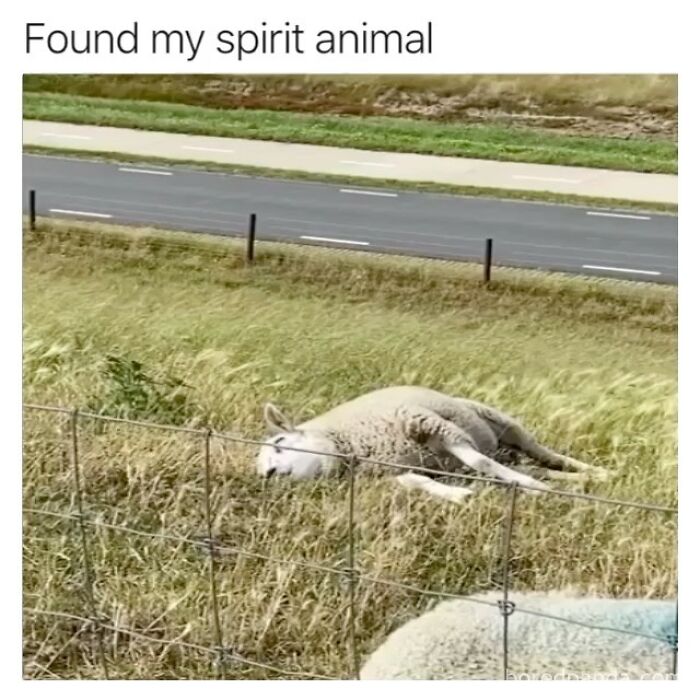
Image credits: freetomeme
#39

Image credits: freetomeme
#40

Image credits: freetomeme
#41
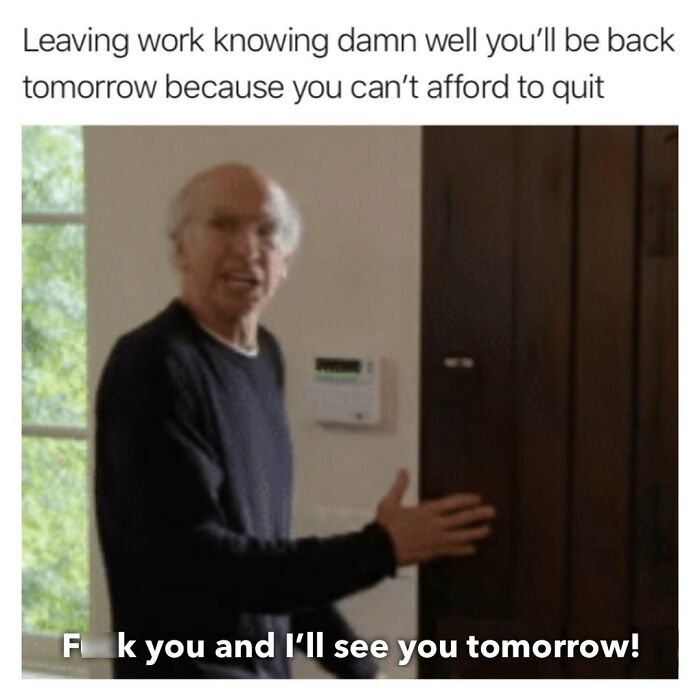
Image credits: freetomeme
#42
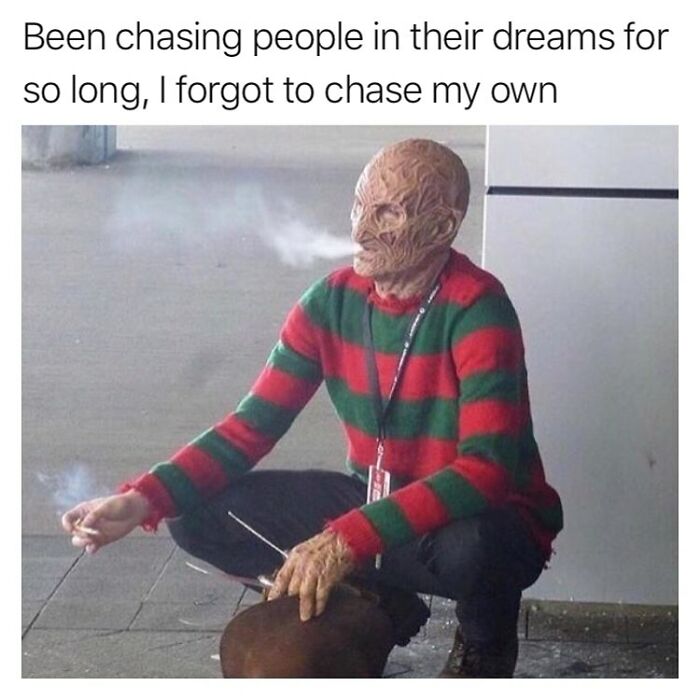
Image credits: freetomeme
#43

Image credits: freetomeme
#44
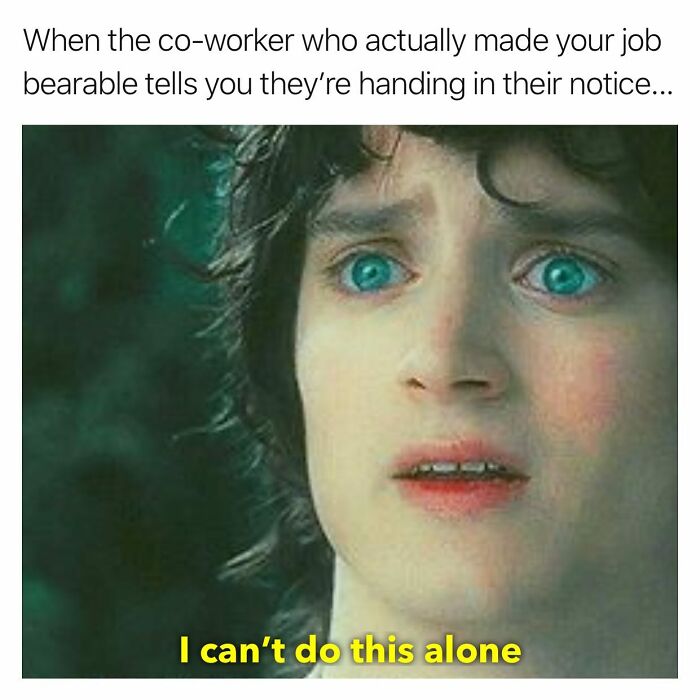
Image credits: freetomeme
#45
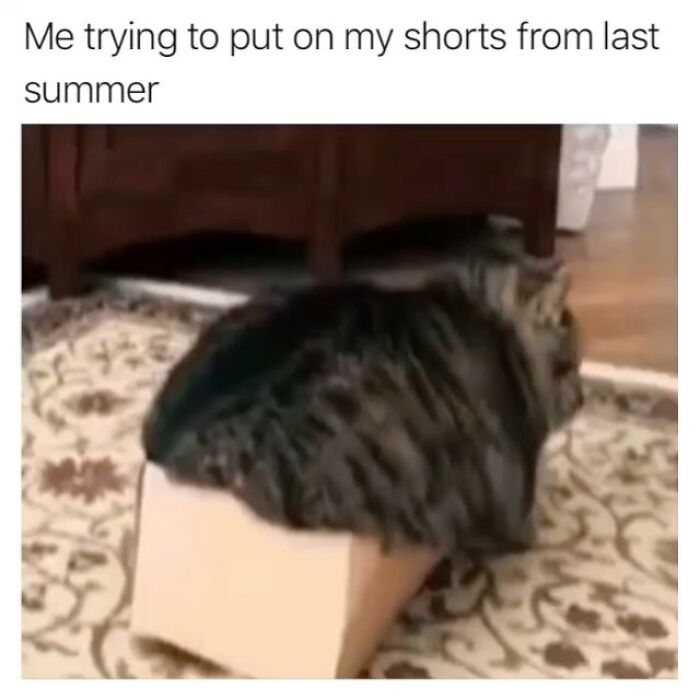
Image credits: freetomeme
#46

Image credits: freetomeme
#47
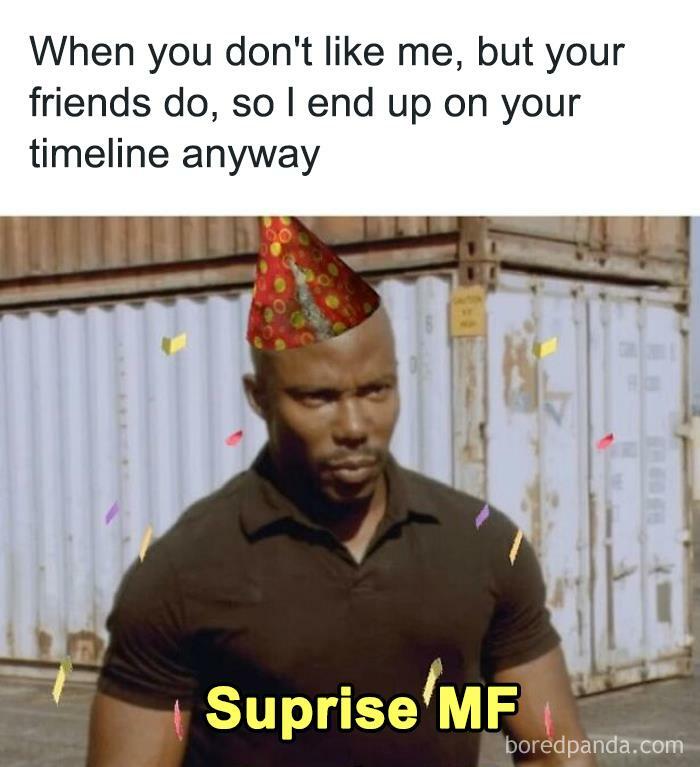
Image credits: freetomeme
#48
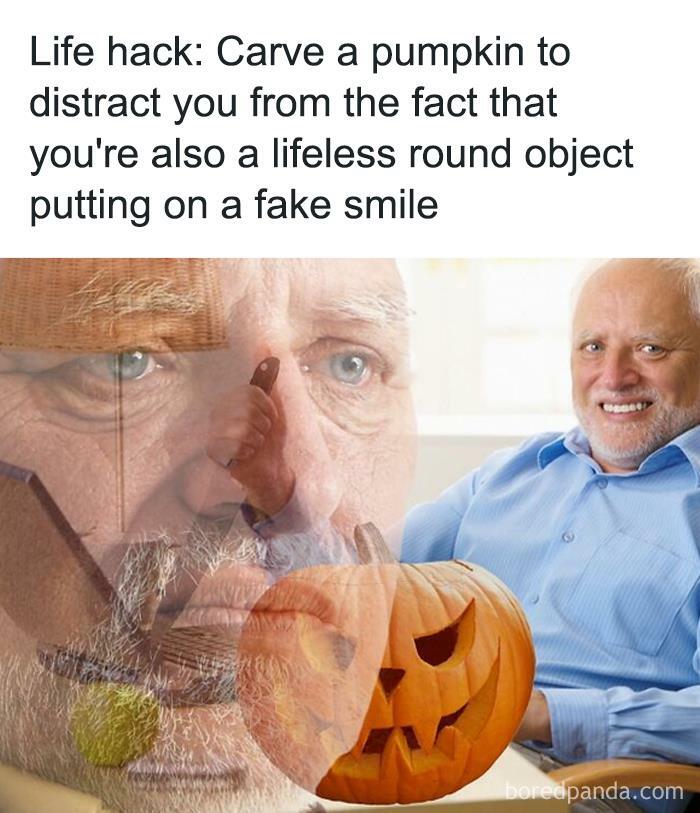
Image credits: freetomeme
#49
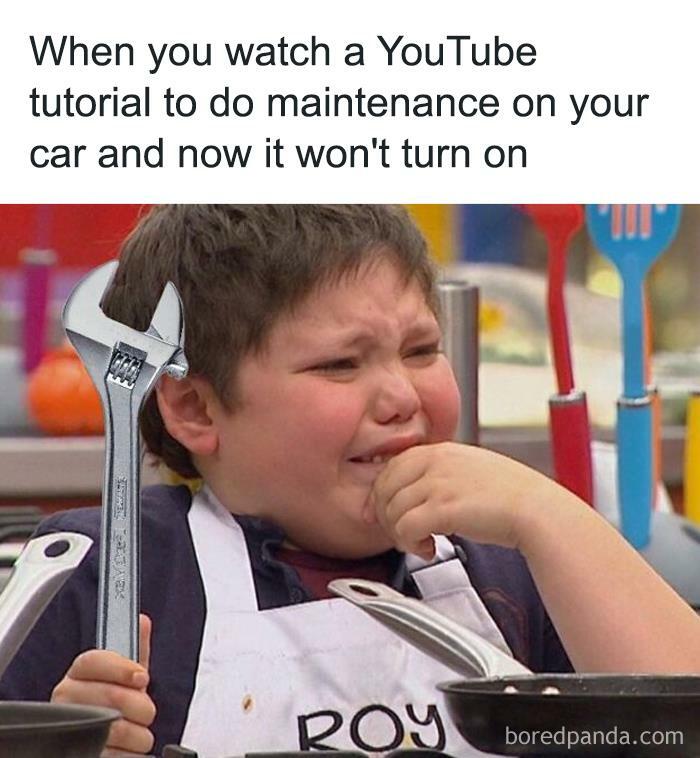
Image credits: freetomeme
#50
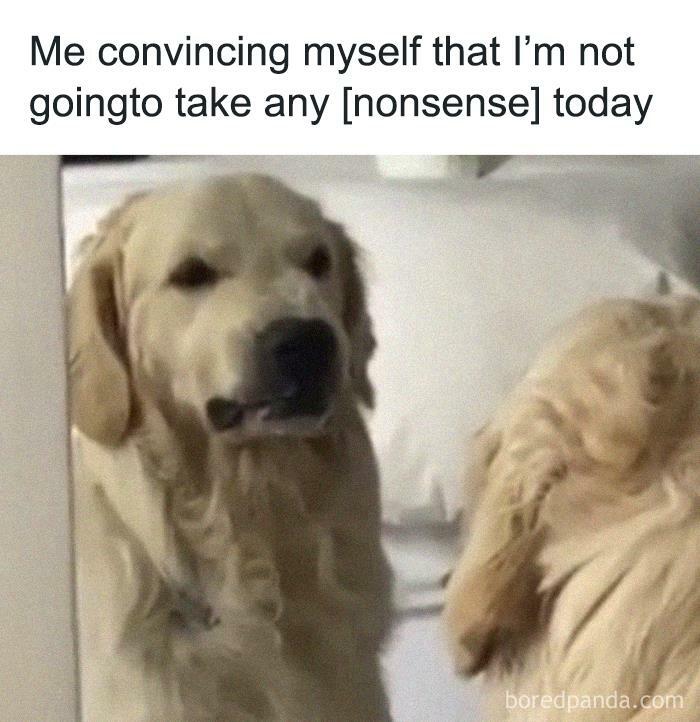
Image credits: freetomeme


